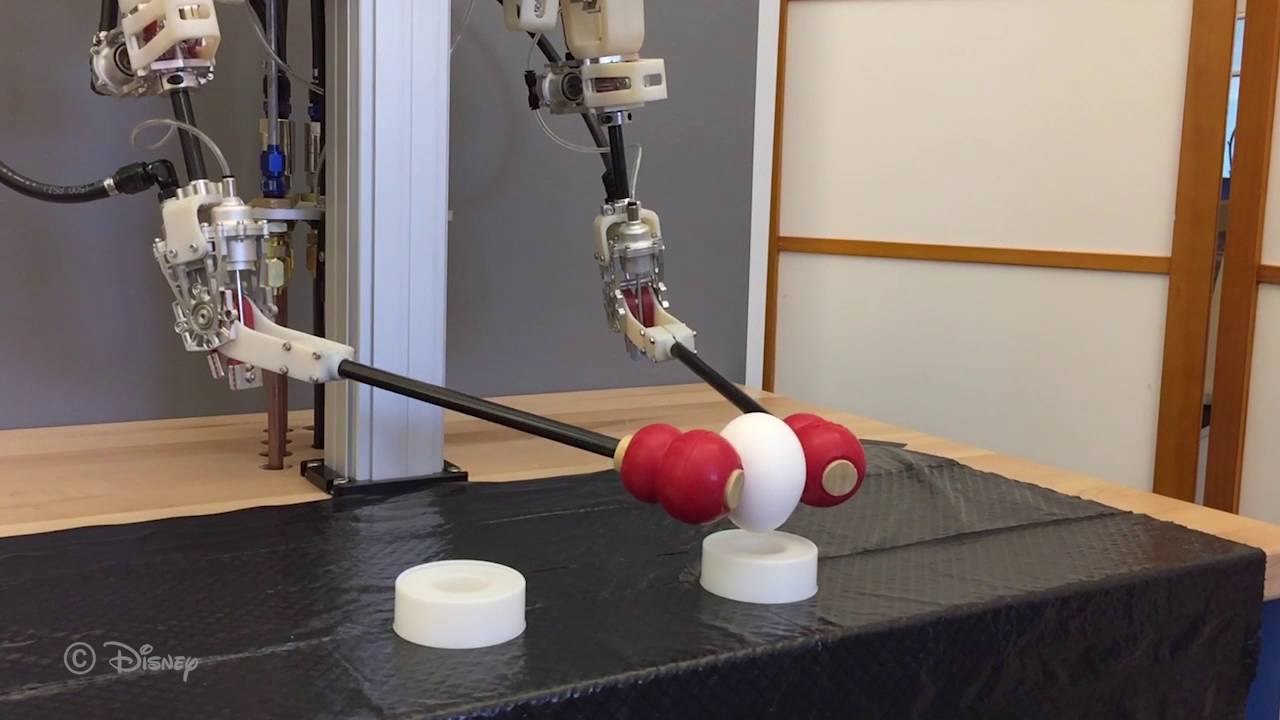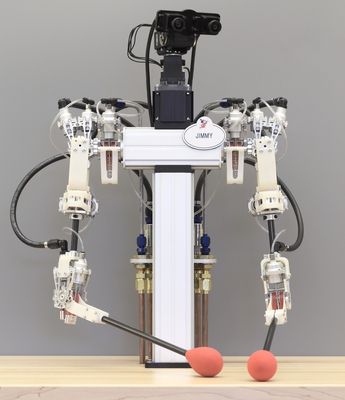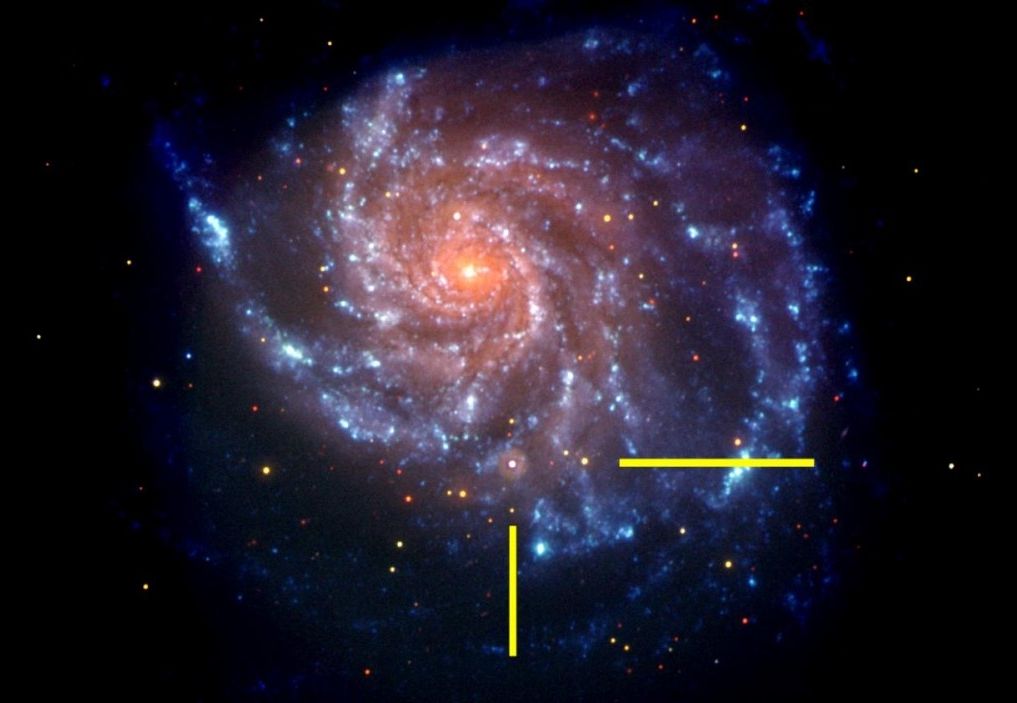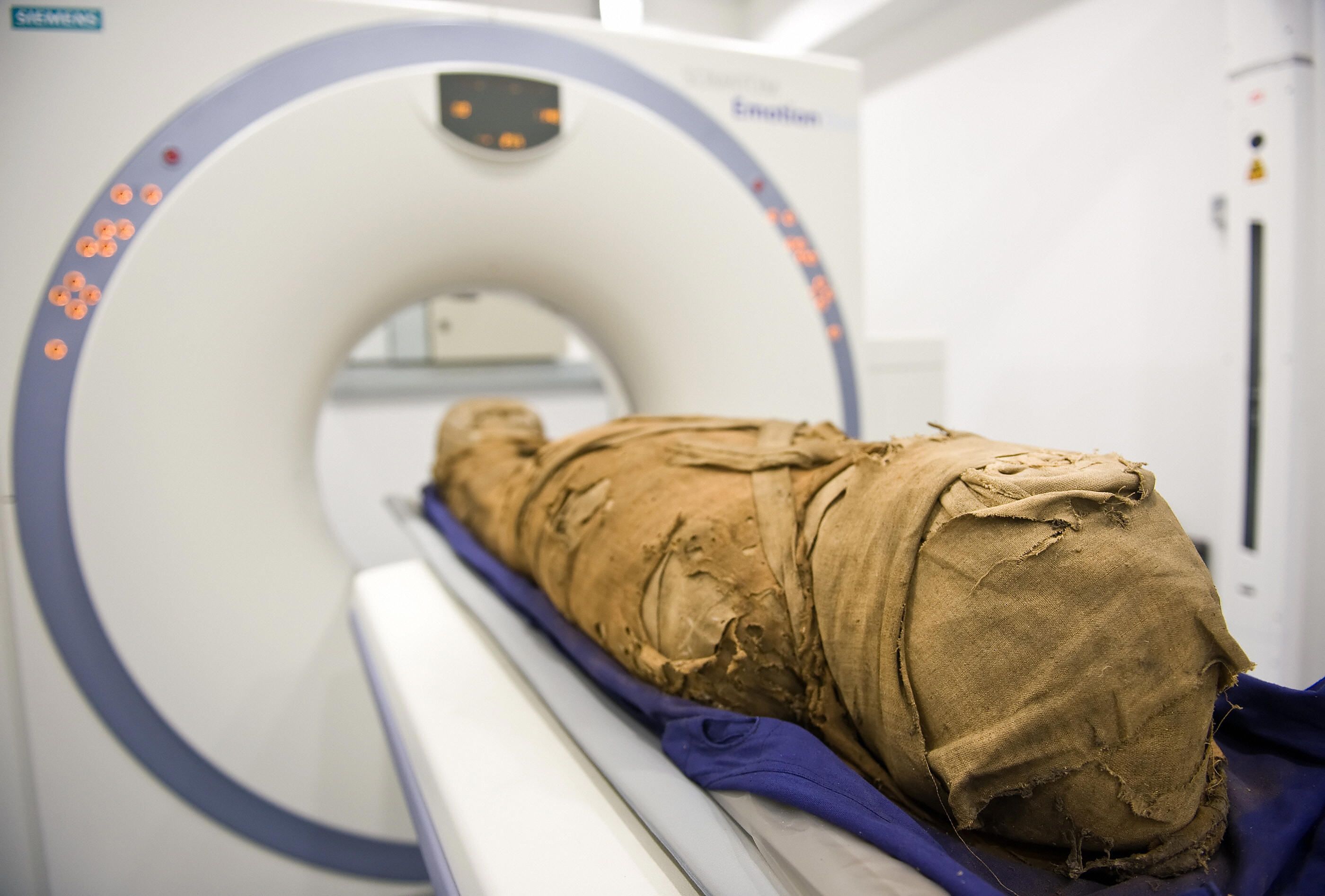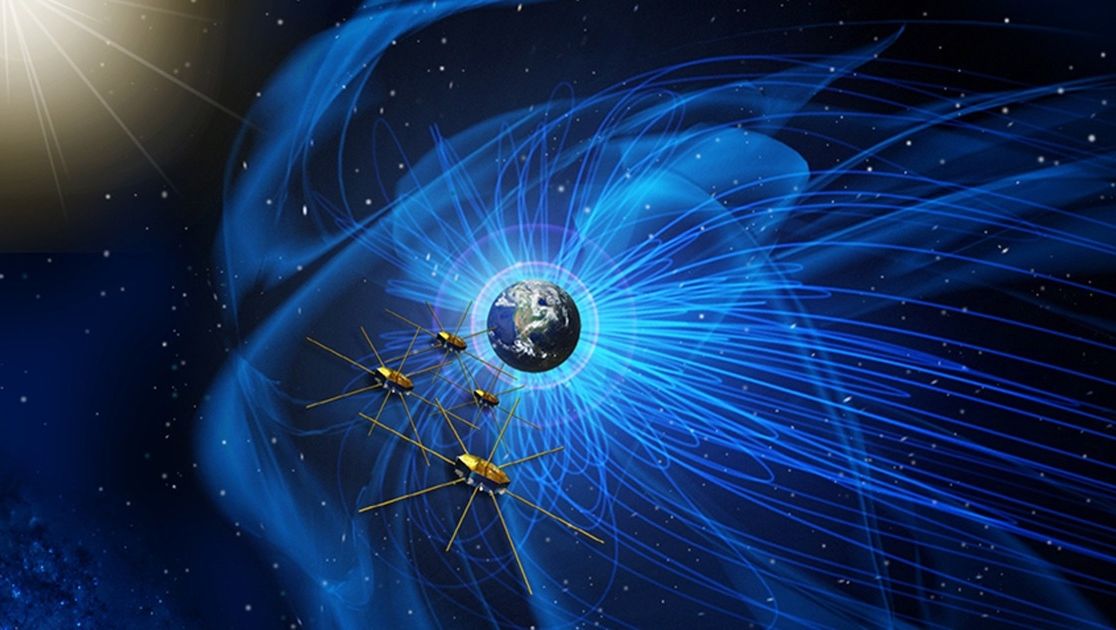
BLOOMINGTON, Ill.— An international team of physicists including Illinois Wesleyan University Professor of Physics Gabe Spalding has shown waves of light can seem to travel back in time.
It may seem like science fiction, but the experiment did not violate the laws of physics. Spalding, his physics student Joseph Richards ’16 and a team of scientists tackled a century-old intuition from Lord Rayleigh regarding the speed of sound. Rayleigh theorized that music being played on an object traveling faster than the speed of sound, a supersonic jet for example, would result in a listener hearing the music playing in reverse. The Spalding team simulated what an observer standing still would see when looking at a superluminal (faster than the speed of light) occurrence. The results of the scientists’ experiment, conducted last summer at Heriot-Watt University in Edinburgh, Scotland, have been published in Science Advances.
“The existence of an absolute limit, the speed of light, is the natural source of the question: what would happen if we cross this limit?” lead author Mattero Clerici told a writer for a post on IFLScience. “Light sources, however, may move faster than the speed of light when their speed is not associated with the physical motion of matter. Following this line of thought, we devised a way to experimentally investigate the [effects] of superluminal motion.”
Read more


